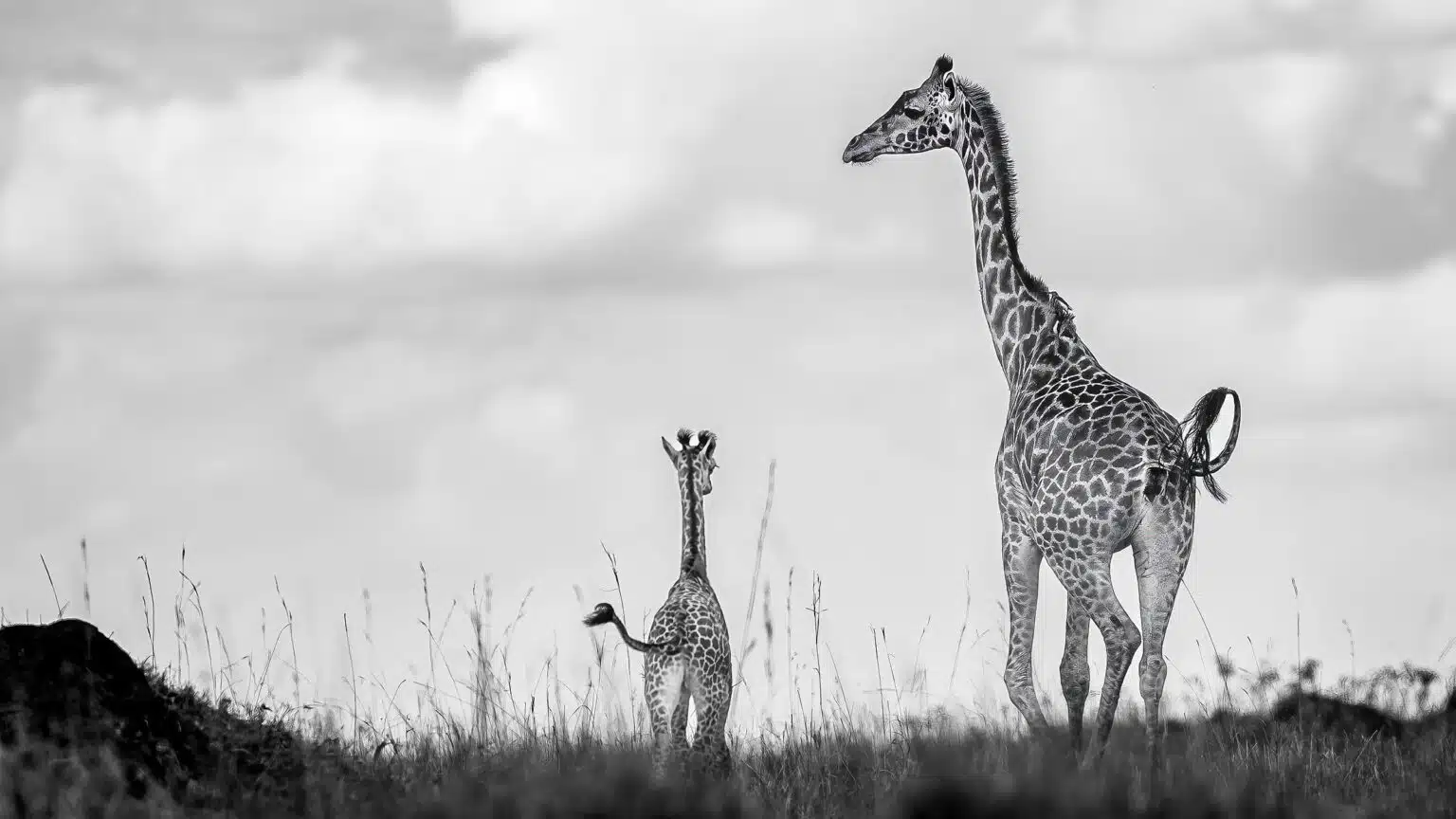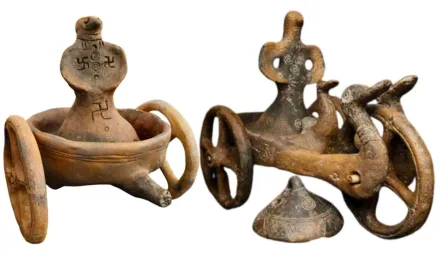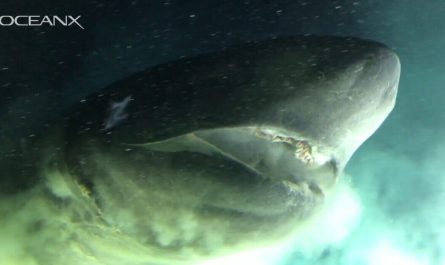What is the gestation period of a giraffe?
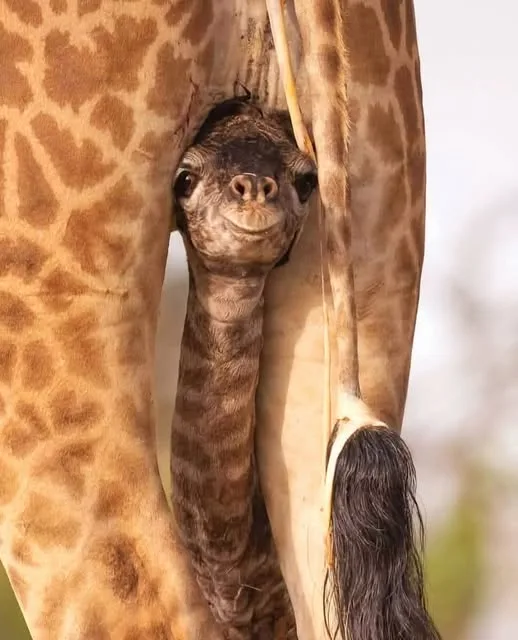
The average gestation period for giraffe is 453–464 days, or approximately 15 months.
Where and when do giraffe give birth?
Recent research reveals that some giraffe give birth in dedicated calving grounds, providing a safe environment for the birthing process. Remarkably, some giraffe cows return to their birthplace to have their own calves, indicating a potential generational bond. Further research is needed to gain deeper insights into this fascinating behavior of these majestic creatures.
Giraffe lack formal breeding seasons, as they are able to adjust feeding patterns seasonally to maintain a high nutrient diet throughout most of the year. Interestingly, calving in giraffe herds can be synchronized, offering safety in numbers against predators.
Giraffe mothers give birth standing up, causing the newborn calf to fall approximately 2 metres (6 feet) to the ground. Adapted to such an abrupt entry into the world, the newborn calf remarkably stands up and runs within an hour of being born, showcasing the incredible resilience of these magnificent creatures.
What is a baby giraffe called?
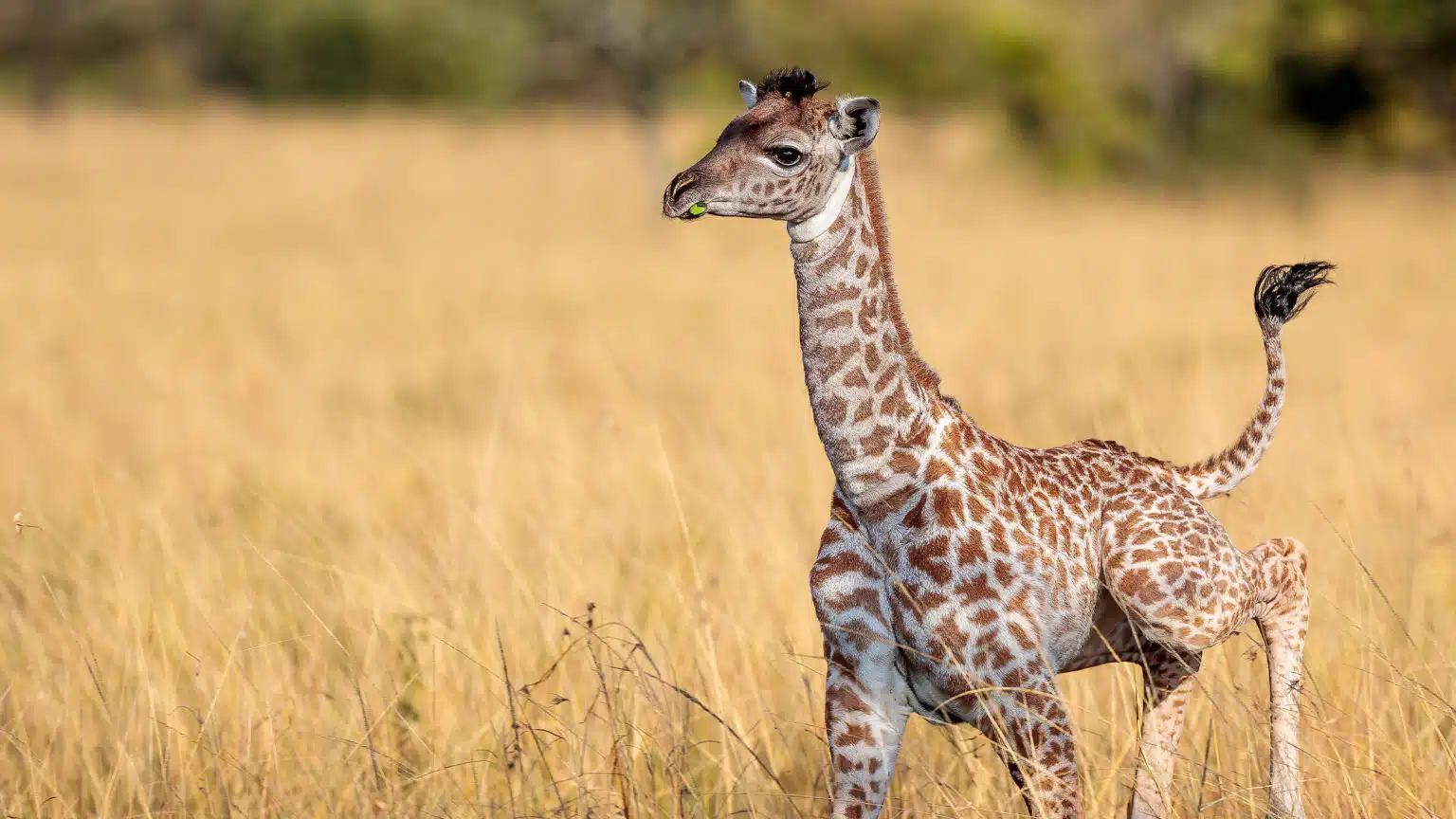
Baby giraffe are called “calves”. Interestingly, while common expressions use phrases like “tower of giraffe” or “journey of giraffe” to describe groups of these animals, the scientifically accurate term is “herd of giraffe”.
How big are giraffe calves at birth?
At birth, the average height of a giraffe is approximately 1.8 meters (6 feet), with females typically being slightly shorter than males. A newborn calf weighs around 65 kilograms. Giraffe exhibit remarkable growth during their first year, nearly doubling their height. While a giraffe usually gives birth to a single calf, instances of twins have been documented.
For how long will a giraffe rely on its mother’s milk?
Newborn giraffe possess a remarkable attribute at birth—their height—which enables them to suckle their mother’s milk as soon as they can stand. This height advantage is crucial for their immediate nourishment. Calves depend on their mother’s milk for an extended period of 9 to 12 months. Around 4 months of age, they begin consuming solid food, primarily leaves, while simultaneously developing the ability to ruminate.
What is the biggest threat to a baby giraffe and how do mothers protect their calves?
The first few months of a giraffe’s life are the most vulnerable. Predators such as lion, hyena, wild dog, crocodile and leopard all see a baby giraffe as prey. Giraffe mothers are extremely protective and will deliver a powerful kick to any other animal that comes too close. More than 50% of giraffe calves don’t survive their first year in some populations with high predator densities.
During the first few days a newborn giraffe will often be left hiding in high grass or bushes, while the mother goes off to feed, but after a few weeks the youngster is introduced to the rest of the herd. Nursery groups, where one mother will keep watch while the others have a chance to go and find food, have been observed in the wild.
When do giraffe ‘leave home’?
Male calves leave their mothers at around 15 months and often join all-male groups. The female juveniles, however, often stay in the same herd as their mothers. If they do leave, they do so at about 18 months old and often stay in the same areas as the family herd in which they were raised.
Giraffe populations have declined by up to 95% in some areas.
In the BBC documentary “Giraffe: Africa’s Gentle Giants”—featuring GCF’s important work in Africa—Sir David Attenborough referred to this decline as a “Silent Extinction.” These alarming numbers serve as a reminder that we need to protect giraffe now before it is too late.
